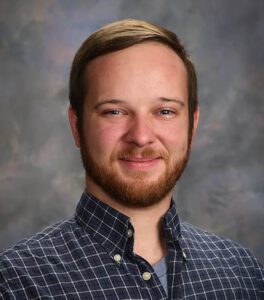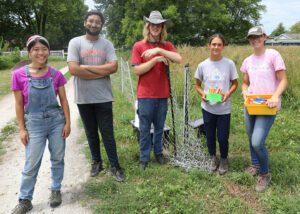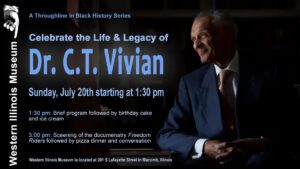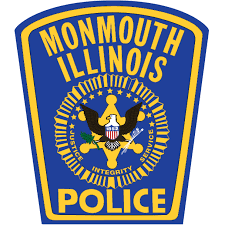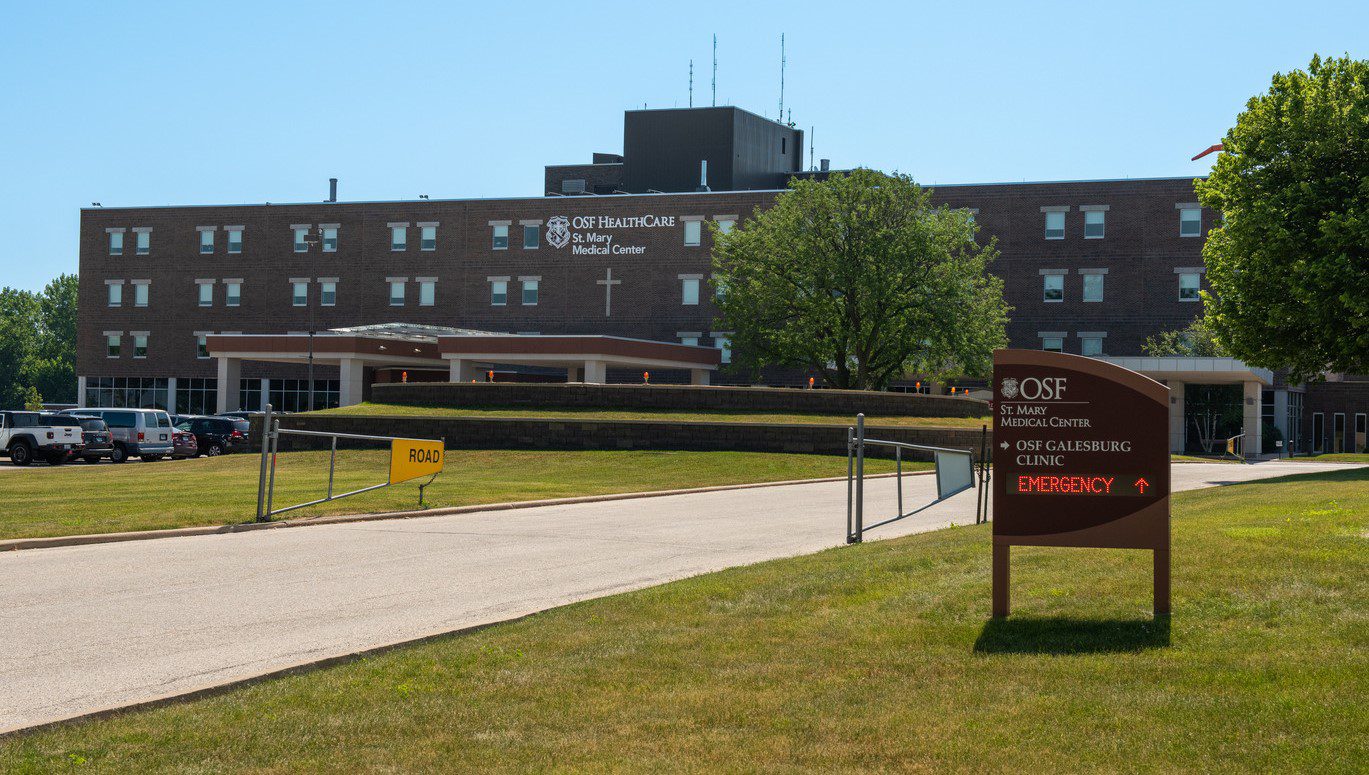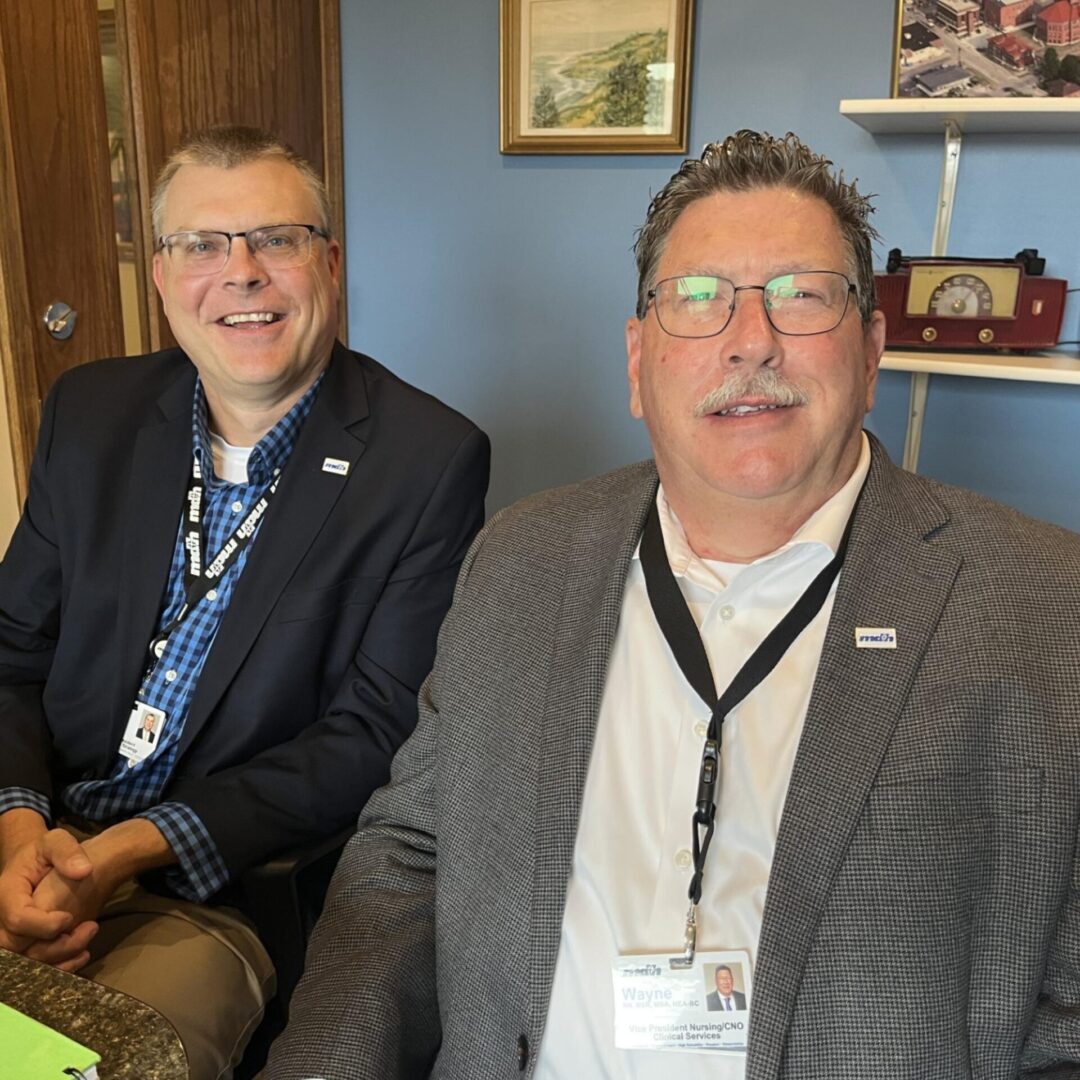“For May will have no sluggardry at night / Season that pricks in every gentle heart / Awaking it from sleep, and bids it start.” – Geoffrey Chaucer, The Knight’s Tale
In the late 1300s, Chaucer wrote The Canterbury Tales. His series of stories of characters making a pilgrimage to St. Thomas Becket’s shrine at Canterbury Cathedral – a prominent medieval practice – is revered as one of the most important works in English literature.
In May, a group of 14 travelers from Monmouth College set off for England to follow in those footsteps from centuries ago. While it might have been interesting to hear from all 14 and give each one a “Descriptor’s Tale” title, what follows instead is one version of their shared journey (much like Chaucer’s work wasn’t as lengthy as he first envisioned).
“The Professor’s Tale” comes from the leader of the trip, James Godde, who has been traveling the world with students every year for the past two decades. On the day following Monmouth’s May 18 Commencement Exercises, the biology professor led a group of eight new graduates, four current students and an alumna on a trip that would see each of them cover nearly 200 miles by foot.
“Our longest day was 19 miles, and somewhere between that and 15 miles was pretty much the norm,” said Godde. “They were troopers. I was very pleased that England doesn’t warm up as quickly as we do. Most days were in the mid-60s, which is good walking weather. We got a little bit wet sometimes, but it was very doable. Near the end, it warmed up, and we hit the low 80s. That was pretty toasty.”
The group’s walking schedule essentially mirrored a typical workday, departing around 8:30 a.m. and reaching that day’s destination around 5 p.m. Rather than walking as a mass of 14, they split into two or three groups, using the same trails that were available to all.
Said Godde, “Most people that we saw were probably just out for a walk,” as opposed to making a trek to see the shrine of Becket, the Archbishop of Canterbury who was murdered in 1170 due to a conflict with England’s king, Henry II.
Before his group set out, Godde said it received a blessing at Winchester Cathedral. A brief about the Winchester-to-Canterbury pilgrimage reads, “You will walk along yew tree-lined paths, over chalk grassland, through expansive meadows, ancient woodland and past babbling brooks, as well as a few churches, of course.”
Godde concurred, commenting on the abundance of “rolling hills, countryside and farmland,” as well as the religious centers.
“We visited three churches a day, on average,” he said. “You get a little stamp in your pilgrim’s passport at the churches. The students were really excited about that. More of the churches than not were open, and you could go in and use a stamp on a table.”
In some instances, the group stayed around for a while at a fellowship hall and talked to parishioners, enjoying the opportunity to partake in some biscuits and “squash juice.”
Upon reaching their destination for the day, the group would enjoy dinner at a local bar and grill, then stay, for the most part, in “OK-ish” hotels,” said Godde. “One of the more adventurous places we stayed was a barn that had been converted into a bunkhouse. And the night before we reached Canterbury, we slept on the floor of a church. That was character building. It was not real plush. But I’m sure the students will all remember the night on the church floor.”
For two of the students – recent graduates Anna Caster and Noelle Faulk – reaching Canterbury wasn’t the final stamp in their passport. As the rest of the group prepared to return to the U.S. in early June, they stayed on to see more of Europe.
***Courtesy of Barry McNamara, Monmouth College***



